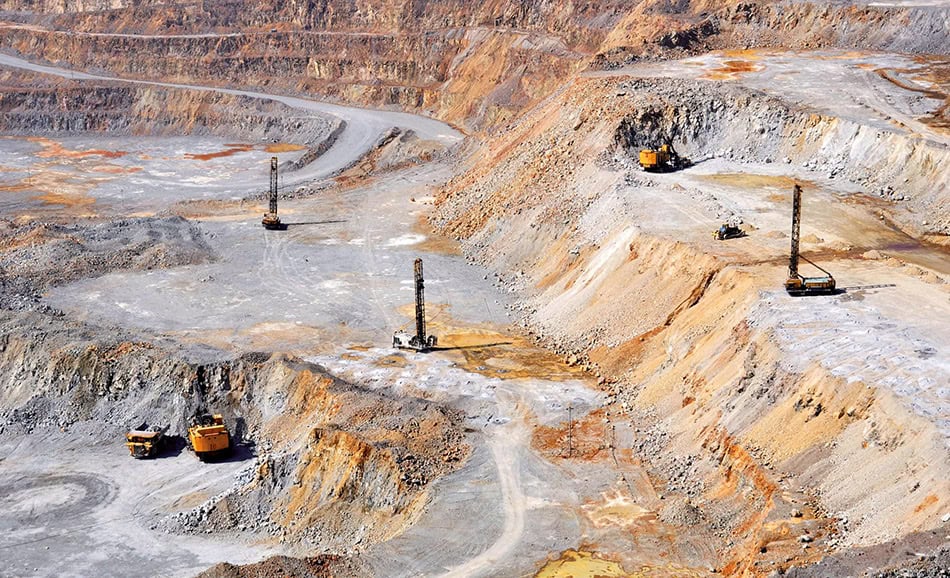
Morgan Stanley raises its oil price forecasts to US$90/bbl by 2020. The broker believes there is significant upside for energy equities should oil prices remain at current levels. The broker retains a Overweight ratings for Woodside Petroleum ((WPL)), Beach Energy ((BPT)), WorleyParsons ((WOR)) and FAR ((FAR)).
Morgan Stanley now expects Brent to average US$76/bbl in 2018 and US$80/bbl in 2019 and believes Beach Energy is the way to play the theme, as those companies that focus on free cash have been outperforming in North America and Australia is experiencing the same trend.
Upside risk to the sector remains, given the significant underinvestment since 2014 at the same time oil demand has stayed resilient. Expansion opportunities, nonetheless, depend largely on LNG markets, which appear to be strengthening.
Morgan Stanley also points to upcoming changes in marine fuel standards that will concentrate the demand for oil into a narrower part of the complex. This should drive both middle distillate and crude demand, requiring refining margins to rise.
The broker notes the shipping industry accounts for around 5% of global oil demand but remains responsible for 40% of oil-based sulphur emissions. The broker cites, for context, sulphur emissions for one cruise liner are the same as around 380m cars.
New regulations by the International Maritime Organisation that kick in at the start of 2020 are targeting this factor. Installing a scrubber to clean exhaust gases is one option that may allow shippers to use high-sulphur fuel oil but this is capital intensive.
Alternatively, they can convert to LNG but this option suffers from a limited distribution network. So far, shippers plan to use lower-sulphur fuels such as marine gasoil or very-low-sulphur fuel oil (VLSFO) blends.
Morgan Stanley suggests the new regulations could displace 2.5-3mbpd of high-sulphur (HSFO) demand and shift some of this into the middle distillate pool, creating a severe oversupply of HSFO and an equally tight market for middle distillates.
Middle distillate demand is growing strongly and inventory is approaching five-year lows, the broker observes. The new IMO regulation should add another 1.5mbpd to demand by 2020. Morgan Stanley expects the scramble for middle distillates will drive crack spreads higher and drag oil prices along.
Oil supply growth is dominated by condensate and LNG, from which refiners cannot make middle distillates. Middle distillates require crude oil in a ratio of 1.8 barrels for every one barrel of middle distillate. On current trends, therefore, crude oil supply would need to increase 5.7mbpd by 2020 and Morgan Stanley suggests this is unlikely.
Hence, the broker argues that middle distillate prices will need to rise to a level where demand slows, suspected to be the case when gasoil reaches US$850/t, ie around 25-30% above the current level.
Iron Ore
UBS observes cost pressures for iron ore producers are on the increase from rising oil prices, although transportation is a big differentiator between regional iron ore producers. The March quarter produced some hits to price realisation.
Fortescue Metals ((FMG)) reported price realisation of 62% in the quarter, down from 66% in the December quarter and from 71% in the September quarter. The broker notes, while discounts remain high for Fortescue, steel mills are prepared to pay a premium for high-quality iron ore, pellets and lump. Compared with September 2017, UBS assesses iron ore producers have had their break-even costs increase to US$30-$70/dmt from US$27-67/dmt.
Meanwhile, Vale’s costs have reduced because of a weakening of the Brazilian real and ramp up of the lower-cost S11D asset. Conversely, costs for both BHP Billiton ((BHP)) and Rio Tinto ((RIO)) have increased because of a fall in the lump premium since September.
